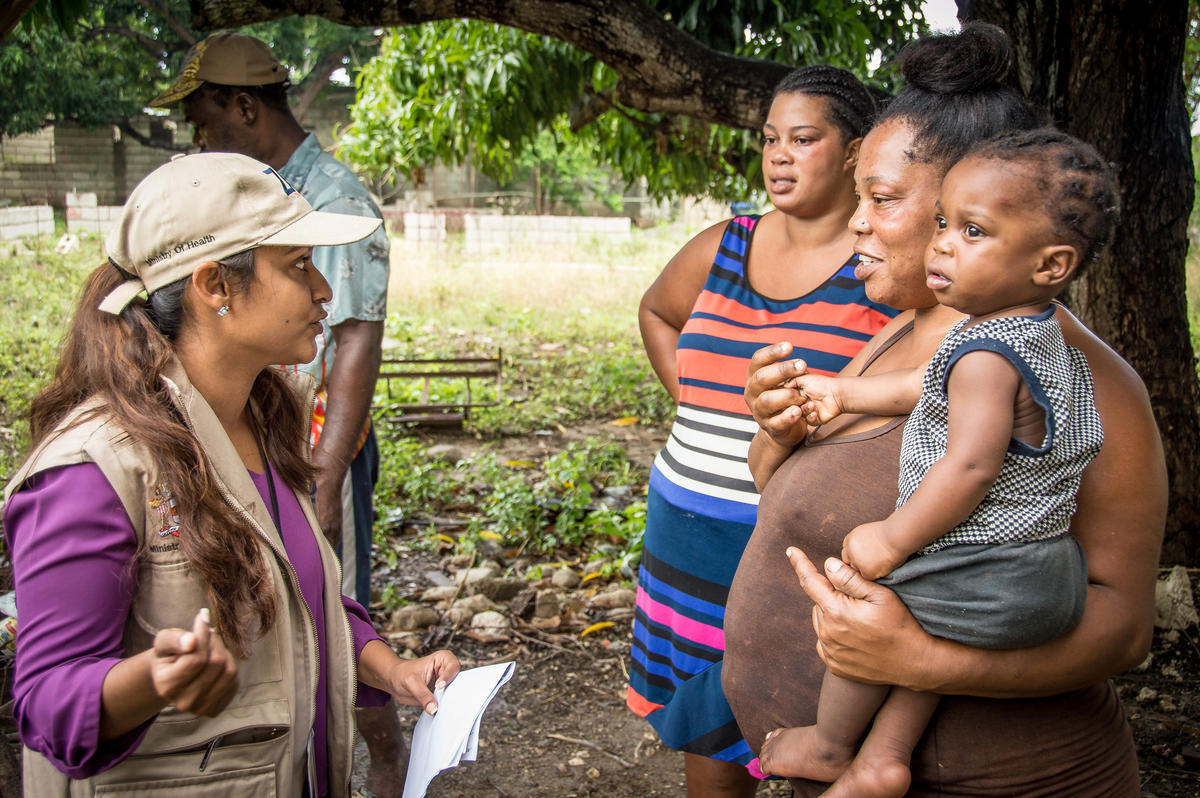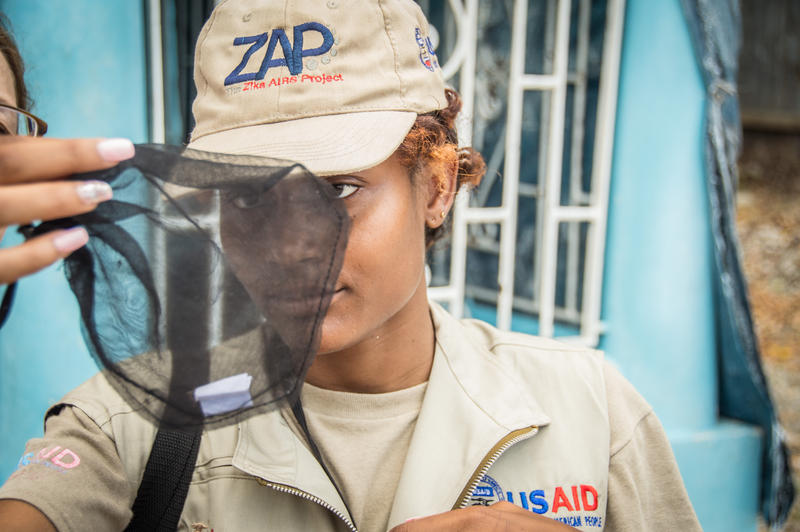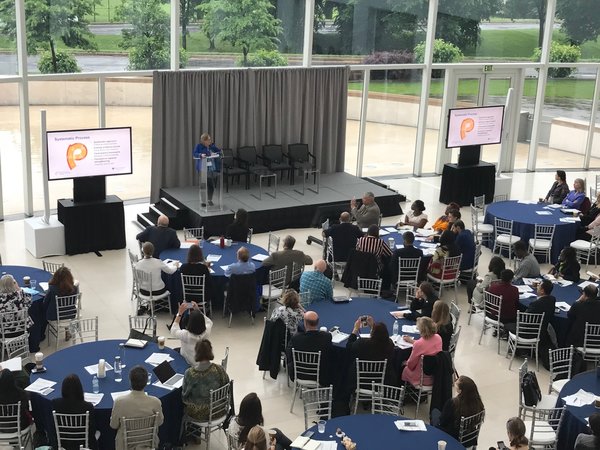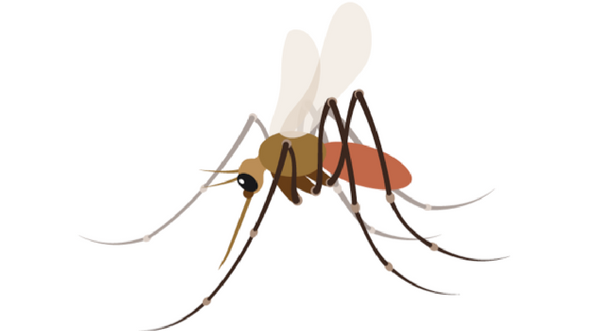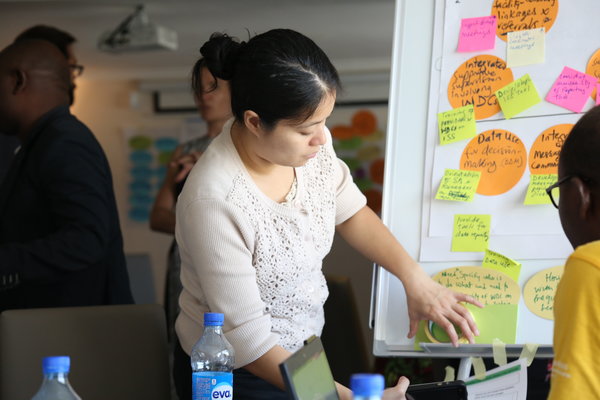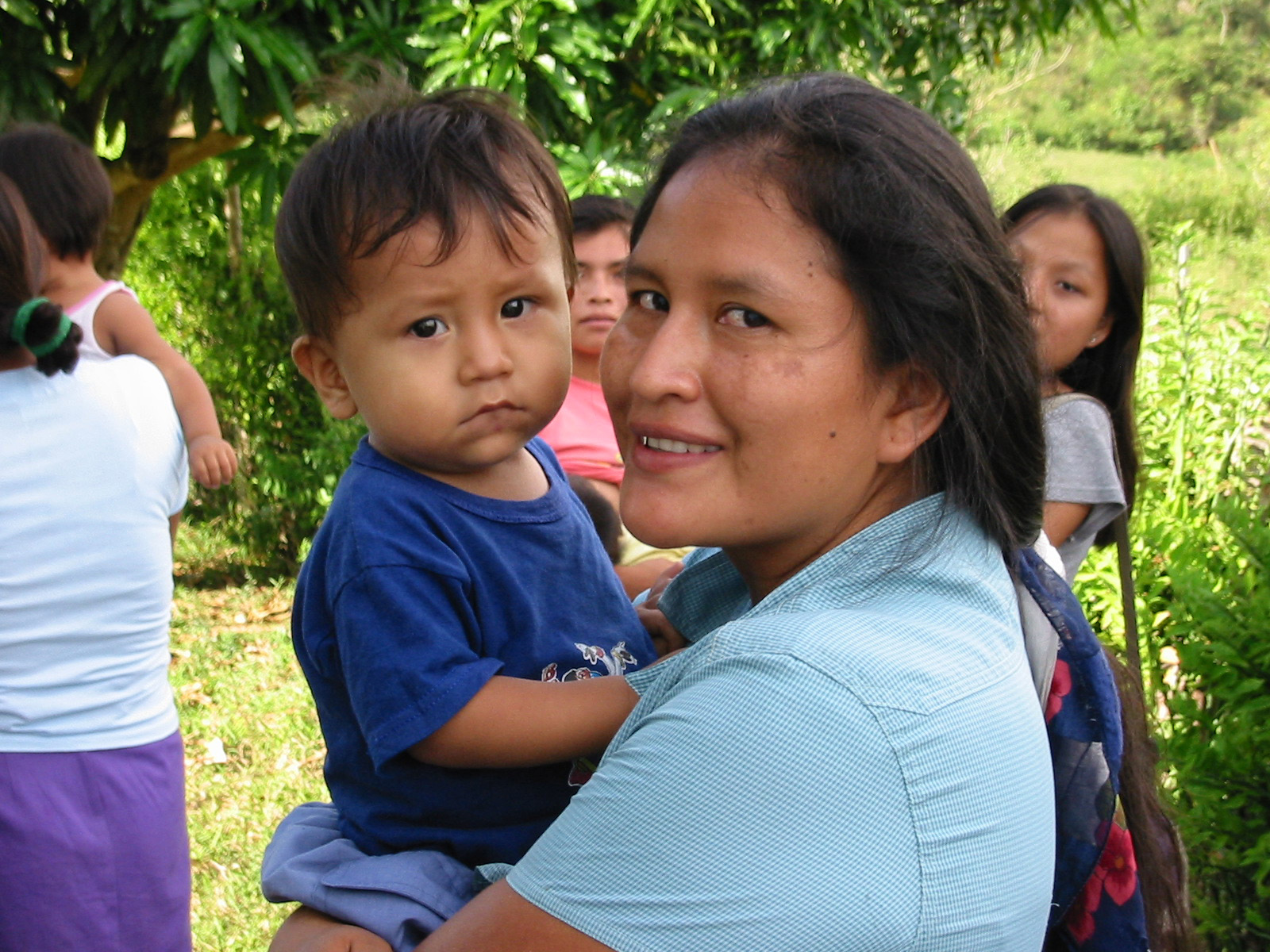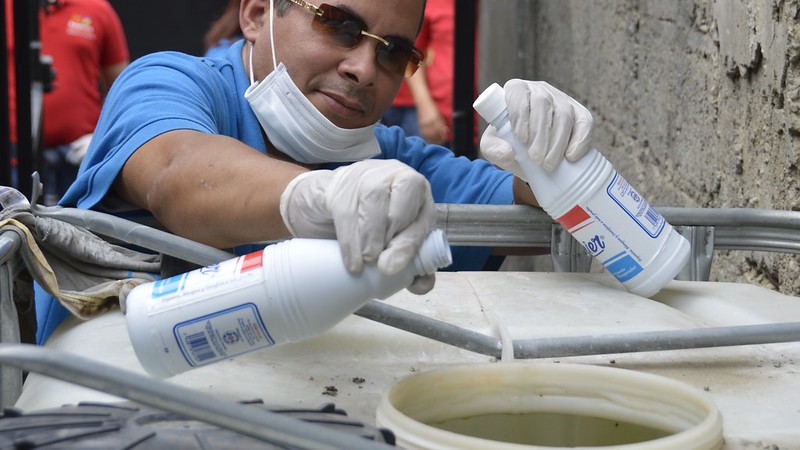
How Gender Plays a Role in Zika Prevention
Successful programs to prevent the spread of the Zika virus in the Dominican Republic should include a focus on ways in which gender roles may contribute to transmission of the disease, new CCP research suggests.

